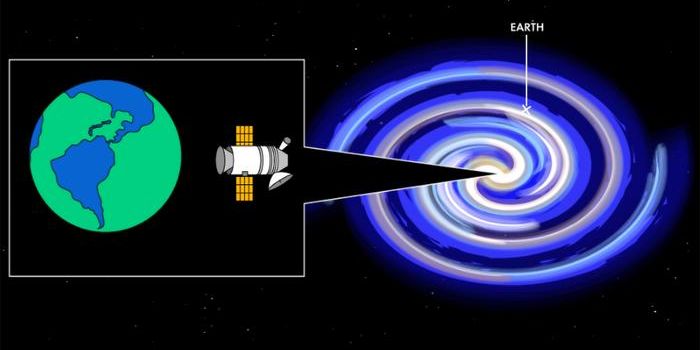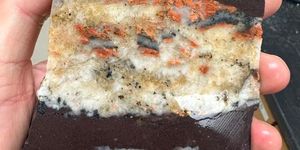Unlocking Mars' History: The Dating of Water-Rock Interaction in the Lafayette Meteorite
When did liquid water exist on Mars and what can it tell us about when, or if, life ever existed on the Red Planet? This is what a recent study published in Geochemical Perspective Letters hopes to address as a team of researchers from the United States and United Kingdom investigated how a meteorite that crashed on Earth millions of years ago, called the Lafayette Meteorite, could help unlock the secrets of Mars’ watery past, holding the potential for helping scientists better understand how, or if, life ever took hold on Mars.
For the study, the researchers examined minerals within the Lafayette Meteorite, which crashed near Purdue University and was later found in a drawer at the prestigious institution in 1931. Using several methods, including radioactive decay, the researchers analyzed levels of Argon within the meteorite to ascertain its age and what chemical it was exposed to on Mars long ago. In the end, the researchers not only found evidence that the meteorite was exposed to traces of water on Mars, but that it was much younger than scientists have hypothesized when liquid water existed on the Red Planet.
Image of the Lafayette Meteorite, which struck Earth millions of years ago after traveling from Mars. (Credit: Purdue University)
“Dating these minerals can therefore tell us when there was liquid water at or near the surface of Mars in the planet's geologic past,” said Dr. Marissa Tremblay, who is an assistant professor at Purdue University and lead author of the study. “We dated these minerals in the Martian meteorite Lafayette and found that they formed 742 million years ago. We do not think there was abundant liquid water on the surface of Mars at this time. Instead, we think the water came from the melting of nearby subsurface ice called permafrost, and that the permafrost melting was caused by magmatic activity that still occurs periodically on Mars to the present day.”
Long ago, Mars was a much warmer and wetter planet with liquid water cascading across its surface in vast oceans, rivers, and lakes, with active volcanoes replenishing the atmosphere and an active interior core that maintained a powerful magnetic field, protecting the planet from harmful solar radiation. However, Mars’ small size resulted in its interior heat cooling, leading to the volcanic activity ceasing and the magnetic field disappearing, leaving Mars as the cold and dry world we see today.
What new discoveries about past liquid water on Mars will researchers make in the coming years and decades? Only time will tell, and this is why we science!
As always, keep doing science & keep looking up!
Sources: Geochemical Perspective Letters, Purdue University, EurekAlert!









